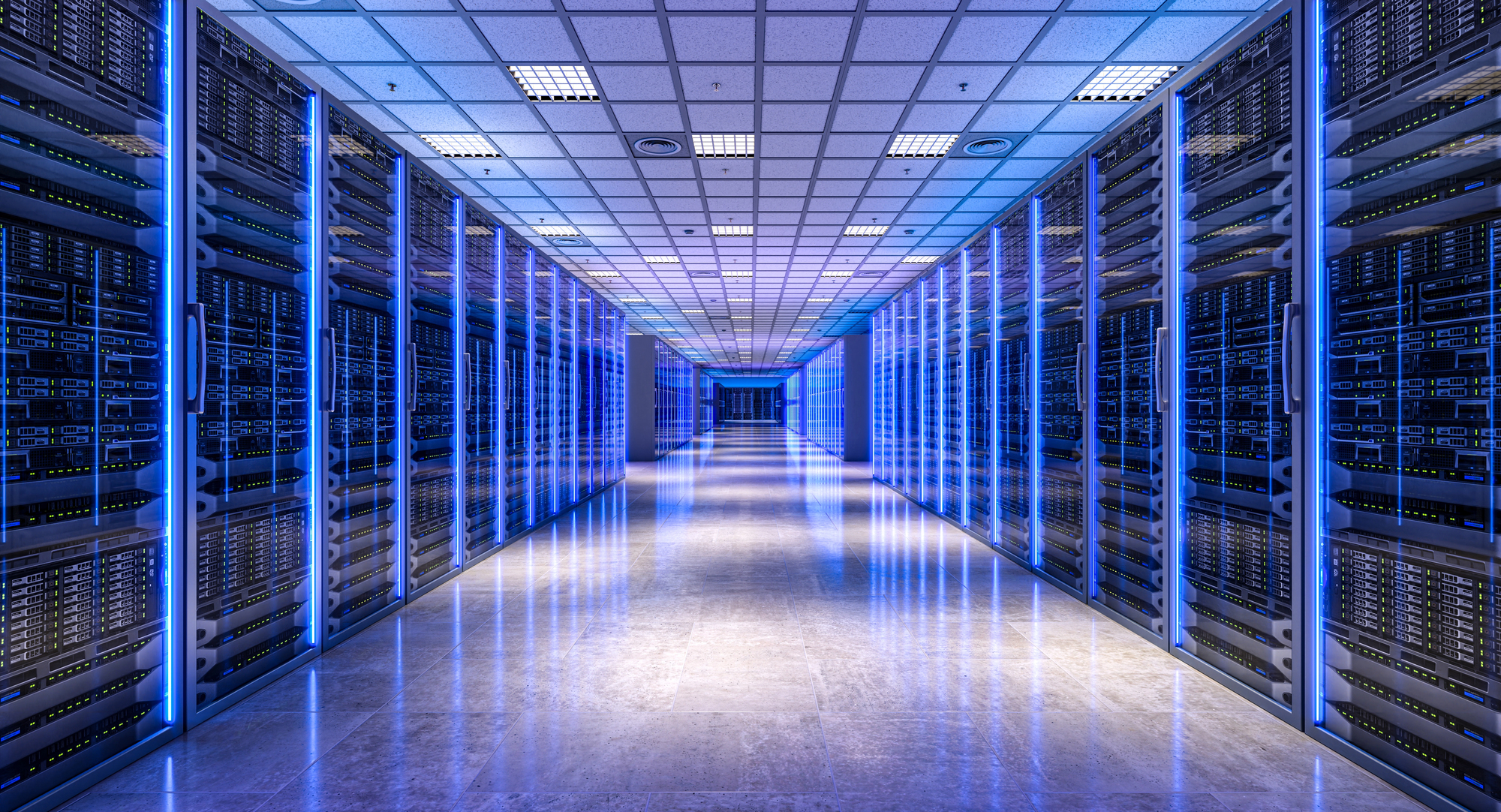Background
The factory in question is one of the leading facilities in its field in Israel, employing hundreds of workers and relying on critical information systems to manage the entire production, inventory, logistics, and administrative chain.
Until recently, the entire work environment for administrative employees — about 70 users — was centralized on a single terminal server (RDP), which was increasingly struggling to handle the load.
The Problem
The bottleneck created on the central terminal server affected the entire organization.
Employees reported significant slowness, sudden disconnections, and long loading times, especially during peak hours.
ERP systems and control software running over RDP required heavy resources, but the existing infrastructure lacked the flexibility and stability to meet the demand.
Moreover, the server represented a single point of failure — any crash could bring the entire operation to a halt.
The Solution: Distribution, Load Balancing, Performance
After thoroughly analyzing usage patterns and workloads, we built a migration plan focused on enhancing performance, balancing traffic, and ensuring operational continuity.
Instead of a single terminal server, we deployed three RDP servers in the cloud, based on Windows Server, with powerful specs optimized for multi-user environments
All users (about 70) were distributed across the servers based on role, activity levels, and usage times
We implemented a dedicated load balancer to dynamically direct users to the least busy server in real time
Secure connections were configured with two-factor authentication
Each server is individually backed up, with immediate recovery capabilities when needed
Centralized management of users, permissions, and configurations is done through a single admin interface on OMC.Cloud
The Result
Load was distributed across the three servers, allowing each to operate at high efficiency
Login times dropped significantly – from an average of 12 seconds to just 2–3 seconds
No disconnections or crashes have occurred since implementation
The user experience has greatly improved – software launches faster, screen transitions are smoother, and long waits are a thing of the past
Continuity and Growth
Since the migration, the factory has expanded its cloud infrastructure with additional servers for testing environments, dedicated ERP backups, and an internal analytics system.
The flexibility offered by OMC.Cloud enables the organization to scale without reliance on local hardware or makeshift solutions.
Summary
The transition from a single terminal server to a distributed RDP environment with load balancing has delivered the factory stability, speed, and operational confidence.
Teams can now work without interruptions, the IT manager has full control, and the business is well-positioned for growth in the coming years.
If you’re also facing server overload, slow remote access, or dependency on a single system – now is the time to move to the cloud.
OMC.Cloud – fast, smart, and distributed infrastructure for businesses that don’t stop.
